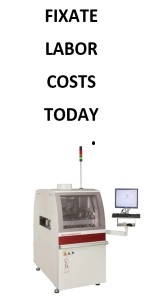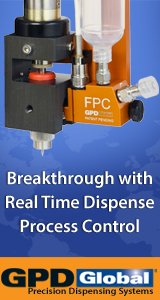Various technologies for the miniaturization of systems and modules attracted increasing interest for applications and gained considerable process maturity during the last years. Depending on the application scenario, the technology of choice can be advanced chip stacking using silicon through via technology to yield highly miniaturized modules, which can be assembled to a PCB substrate. On the other hand, direct single or multiple chip embedding into the PCB bears the potential for cost-effective fabrication of robust modules and substrate boards with very high functional density. Examples of both, silicone stacking and die embedding into PCBs, will be covered in the SiP session.
Military and aerospace electronics providers continue to push the technological envelope to design and manufacture leading edge electronics for today’s DOD users. Current design problems are not driven by circuit design capabilities, but by an inability to reliably package these circuits within size and weight requirements outlined by the system level specifications. Innovative packaging techniques are required to meet the increasing size, weight, power and reliability requirements of the DOD without sacrificing electrical, mechanical, or thermal performance.
Emerging technologies, such as those imbedding components within organic substrates, have proven capable of meeting and exceeding these design objectives for meeting size, weight and power requirements. The ability to design smaller, lighter and less power circuit board assemblies that are more robust than conventional SMT boards has a future in the electronics of tomorrow.
Imbedded Component/Die Technology (IC/DT®) addresses these design challenges through imbedding both active and passives into cavities within a multi-layer PCB to decrease the surface area required to implement the circuit design and increase the robustness of the overall assembly.
This paper discusses the design methodology and validation/test data gathered during the implementation of IC/DT® in a mixed-signal prototype. The prototype designed and assembled using IC/DT® processes was subjected to reliability testing and ultimately demonstrated in a test flight. The results from this testing as well as the future designs utilizing IC/DT are presented.
About STI Electronics Inc.
Since 1982, STI Electronics, Inc. (STI) has been the premier full service organization for training, consulting, laboratory analysis, prototyping, and small- to medium-volume PCB assembly in the electronics industry. STI also produces a complete line of solder training kits including many lead-free versions and training support products. Additionally, the company distributes more than 100 product lines for the electronics and industrial markets. For more information, visit http://www.stielectronicsinc.com.







